Quetzal
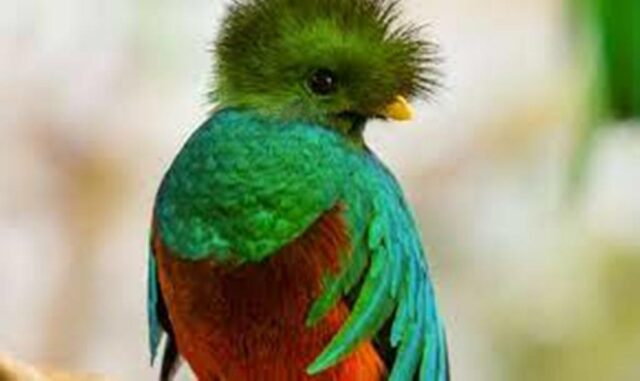
This beautiful bird inhabits the cloud forest. The male is definitely showier than the female and is recognized by its spectacular plumage. A good place to observe quetzals is Los Quetzales National Park, in the Copey district, in the Dota canton, in San José; just 76.5 kilometers away south of the capital.
Jaguar
In the past it inhabited the entire territory of Costa Rica, but unfortunately, its habitat has been greatly decimated, so it is now limited to specific protected areas such as the Guanacaste National Parks, certain areas of Tortuguero, Corcovado and the Barra Wildlife Refuge of Colorado. They also live in the Amistad Biosphere Reserve, in the Cordillera de Talamanca.
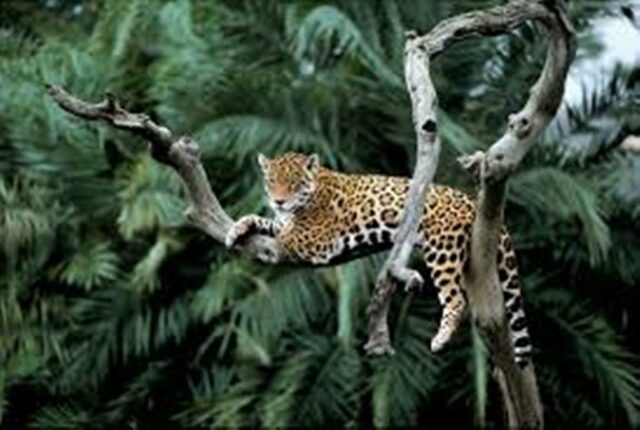
This truly majestic feline species is in serious danger of extinction, which is why projects are being developed that aim to preserve it and reduce deforestation.
Whales
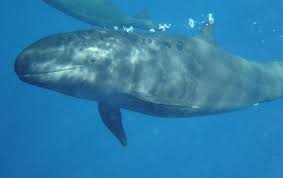
In the Osa Peninsula, in the province of Puntarenas, it is the Marino Ballena, National Park. It is the ideal place to observe these imposing aquatic mammals, especially during September and October.
Toucans
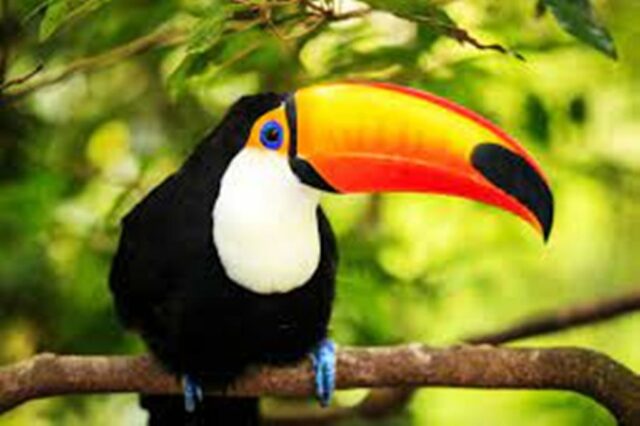
A group of 6 species of toucans lives in Costa Rica. To mention three, we have the best known, the iris-billed toucan, which is very abundant on the Caribbean coast. It can be seen more easily at the La Selva Biological Station and in the Cahuita National Park.
In these parks, you can find another beautiful toucan such as the collared toucan, which can also be seen to the east of the Santa Rosa National Park. In the cloud forest, it is possible to see groups of a beautiful variety called the emerald toucan, characterized by its green color and a slightly smaller beak than other types of toucans. You can see it in the Monteverde Cloud Forest Reserve.
Tapir
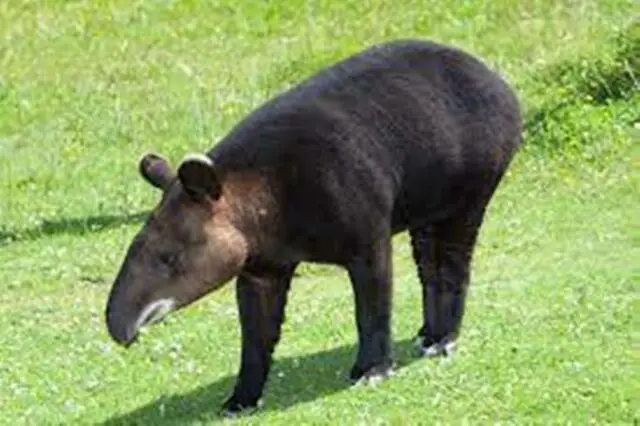
This animal, which can weigh up to 300 kilos, is also an endangered species and is another that is under the protection of the Wildlife Conservation Law. For the Bribri indigenous people, the tapir is a symbol of wisdom, life, survival and identity and they describe it as the sister of the god Sibö.
You can sight tapirs in the Guanacaste National Park, in the Rincón de la Vieja, the Arenal-Monteverde Forest Complex, the San Ramón Forest Reserve, and the national parks of Braulio Carrillo, Corcovado, Tortuguero and the Amistad Biosphere Reserve. It is usually a bit difficult to sight tapirs in the wild, due to how decimated their population has been.
Parasol bird
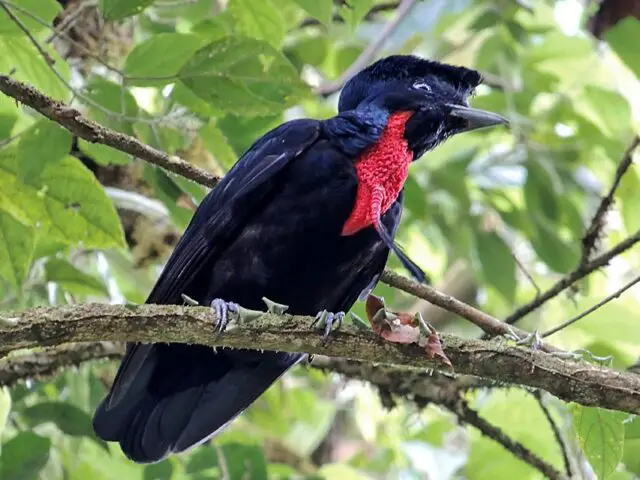
As in many species of birds, the male umbrella bird has features that make it more attractive, such as its large crest of black feathers. Its red throat is very conspicuous, which is inflated during the reproduction rituals.
Where is it possible to find it? Welll, you can find this exotic bird in the Children’s Eternal Forest, in Monteverde; in the MonteverdeCloud Forest Biological Reserve; and also in the Braulio Carrillo National Park, northeast of the Central Valley.
Manatí (Sea cow)
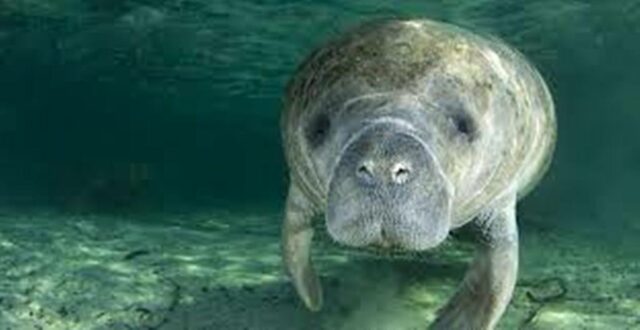
This mammal is one of the many species of animals around the world that are in danger of extinction. In Costa Rica it is not only protected by law but also, since July 29th, 2014, it was declared by the Legislative Assembly as a symbol of marine fauna in our country.
The majority of the manatee population in Costa Rica is found in the Tortuguero National Park and also to the northeast, in the Barra del Colorado Wildlife Refuge in Limón, while to the south of the Caribbean it is possible to occasionally see some individuals in Gandoca, Manzanillo. .
Alligator
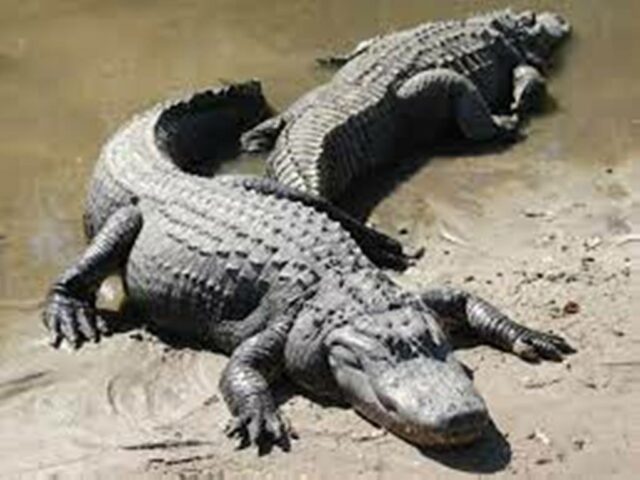
The spectacular crocodile is an animal of respect. This reptile is fast on land and in the water. Highly territorial, it can be found in rivers, mangroves, lagoons, and sometimes even on beaches. Despite being a very interesting species, it is not a good idea to have a close encounter with a crocodile.
To see them from a safe distance, it is better to go to the Tárcoles River and observe them from the height of the bridge that is located on Route 34 on the South Coastal Highway. Keep in mind that food should never be thrown at crocodiles.
Garrobo
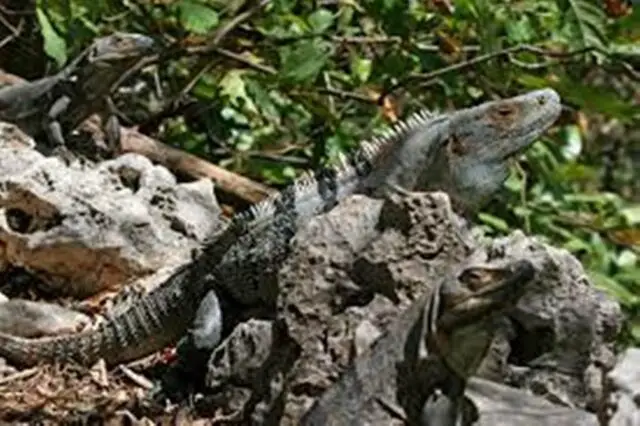
It is also known as striped iguana, it lends its name to the inhabitants of Esparza, in the province of Puntarenas: “garroberos” because a few years ago these reptiles abounded in the rivers of that canton, and it is also called “garroberos” to the inhabitants of that canton due to the fact that in the past this great lizard was hunted uncontrollably, whose meat was highly valued for human consumption. The male can reach up to 1.3 meters in length.
It lives in hot climates, sometimes near people’s houses. It is also possible to find it in the Palo Verde National Park, and in the Guanacaste National Park.
Sloth
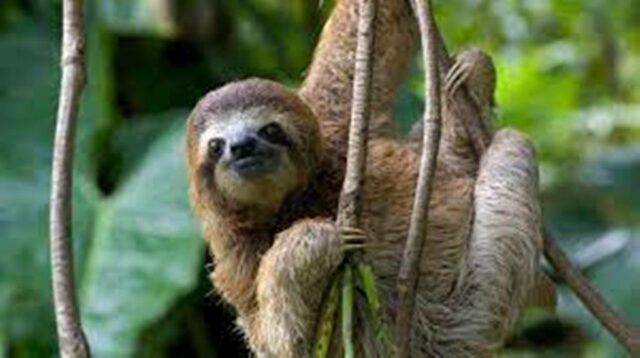
Sighting a sloth moving along the ground from one tree to another is quite a spectacle, since this mammal famous for its slowness moves as if time stopped just for it. On the campus of the University of Costa Rica, near the Education building, I once had the opportunity to witness this displacement: all of us who were there kept a respectful silence, while the little animal made its peaceful way.
A small group of sloths (about 7 individuals in 2016) lives in the Leonelo Oviedo Ecological Reserve of the School of Biology and in the José María Orozco Botanical Garden of the University of Costa Rica, so it is not unusual to see them occasionally on that campus.
The ideal place to see sloths is located 10 kilometers before Cahuita, in Limón. It is the Sloth Sanctuary, with more than 2 decades of activity. It is also a shelter for rescued sloths, and offers guided tours to see these cute animals enjoying their slow and easy life.
Turtles
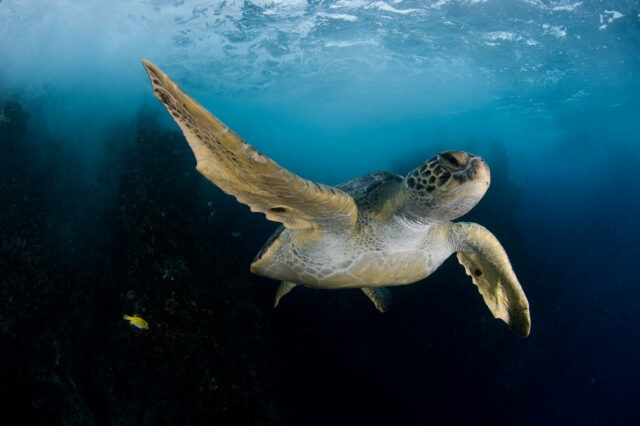
In Costa Rica you can see 6 of the 8 species of sea turtles in the world. in the Tortuguero National Park to the north; to the south in the Gandoca Manzanillo Wildlife Refuge. The selection of the habitat varies according to the time of the year, according to the spawning of the turtles. In the Pacific, the leatherback is a star in the Las Baulas National Marine Park in Guanacaste.

